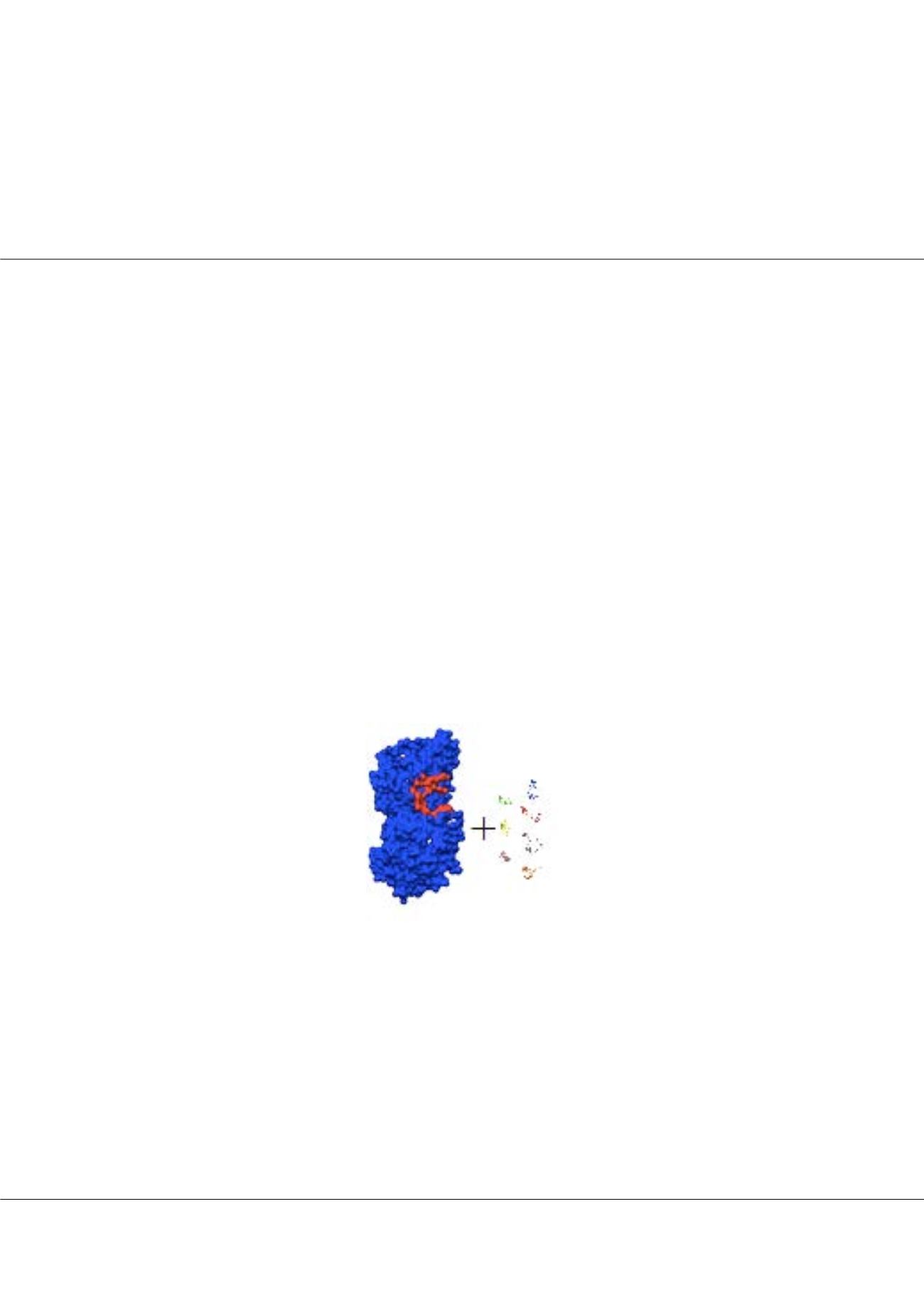

Page 59
conferenceseries
.com
Volume 10, Issue 8 (Suppl)
J Proteomics Bioinform, an open access journal
ISSN: 0974-276X
Structural Biology 2017
September 18-20, 2017
9
th
International Conference on
Structural Biology
September 18-20, 2017 Zurich, Switzerland
What docking studies tell us about the role of disordered protein fragments in macromolecular
assembly
Chantal Prevost
IBPC - CNRS, France
Statement of the Problem:
Many proteins present highly flexible or disordered fragments, either terminal tails or surface loops.
Although they often form instable and transient interactions, these fragments play essential roles in regulating macromolecular
association or controlling the architecture of supramolecular complexes. The role of their conformational variability in complex
formation is poorly understood and requires the development of specific approaches.
Methodology &Theoretical Orientation:
We have studied the effect of protein segment conformational variability in protein-
protein complex formation as well as peptide docking using theoretical docking approaches. Notably, we have developed a
flexible docking method that accounts for the presence of flexible loops, together with analysis protocols that capture the
entropic effects associated to structural variability in flexible docking results.
Findings:
Whether the flexible segment is a loop or a peptide, we have found that a given mode of association can be stabilized
by different conformations of the segment. Alternatively, different loop conformations can stabilize different modes of protein-
protein association.
Conclusion & Significance:
Tolerance of a binding site to conformational variability, as observed in protein-peptide docking
but also in the association of proteins with flexible loops or segments, can play a role in adding a conformational entropy
component to the energy of association, thus favoring the initial binding of the flexible fragment to its binding site. For proteins
that associate using different binding geometries, either with different partners or along a functional pathway, loop flexibility
can also be used to regulate the choice of the binding geometry.
Biography
Chantal Prevost is a Researcher at the Theoretical Biochemistry Laboratory (LBT) of the French National Research Center (CNRS), in Paris. She has developed
a large expertise in studying macromolecular self-assembly
in silico
, either by elaborating new algorithms for flexible proteins docking or by studying fundamental
biological processes involving the transition between instable conformational substates. She presently applies this expertise to exploring the architecture or
oligomeric assemblies as well as elucidating the mécanismes of homologués recombination, in collaboration with experimental partners.
chantal.prevost@ibpc.frChantal Prevost, J Proteomics Bioinform 2017, 10:8(Suppl)
DOI: 10.4172/0974-276X-C1-0100
Figure1:
Mapping the interaction energy between the α, β tubulin dimer and the NFL-TBS.40-63 peptide from the docking
simulations of seven different conformations of the peptide. The high affinity sites are shown in red, the low affinity sites are in
blue. The affinity is defined as the energy-weighted probability of a tubulin surface atom to be involved in a docked interface.


















